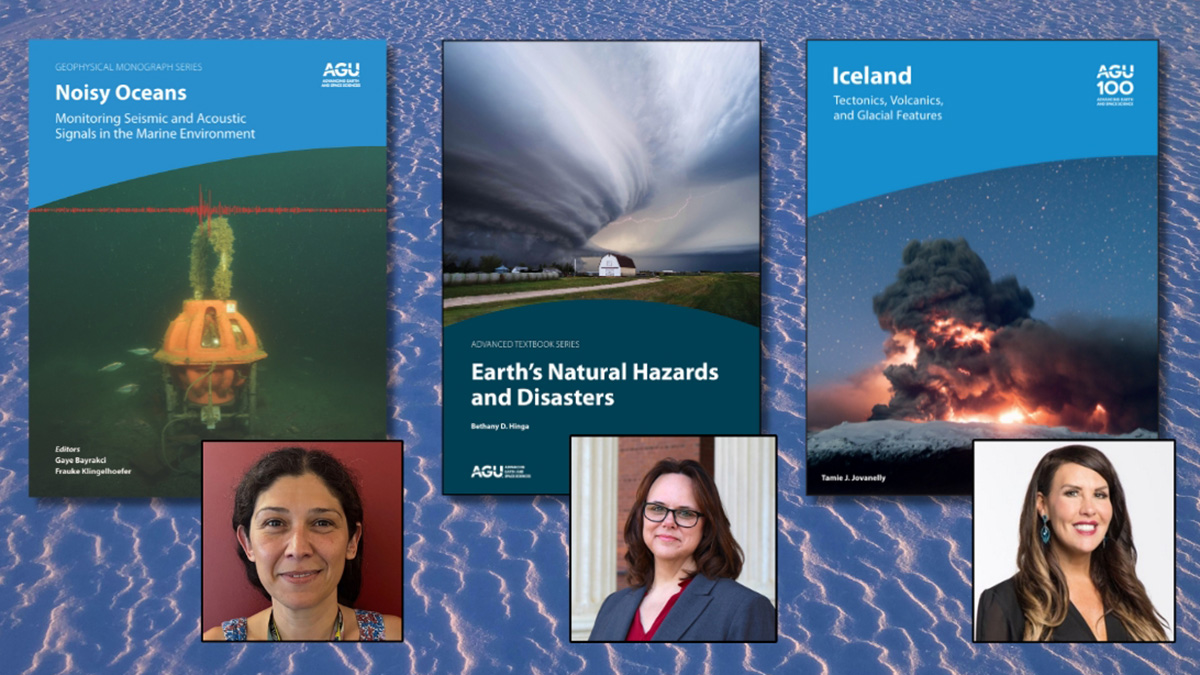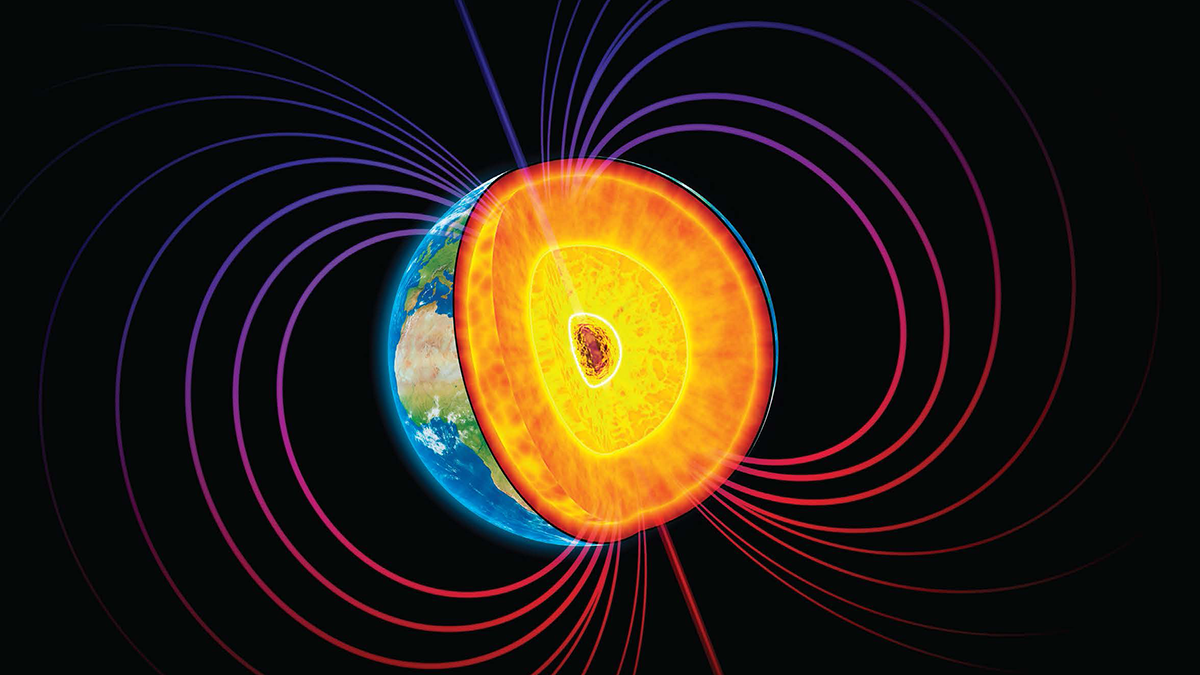In the 3rd installment of career-focused articles, scientists who completed books as experienced researchers reflect on how their networks paved the way for—and grew during—the publishing process.
AGU Books
Mid-Career Book Publishing: Bridging Experience with Discovery
In the 2nd installment of 3 career-focused articles, scientists contemplate why a book project was the perfect addition to the dynamic middle stage of their professional journeys.
Early-Career Book Publishing: Growing Roots as Scholars
In the 1st installment of 3 career-focused articles, scientists who completed books as early-career researchers reflect on the positive outcomes the experience had on their professional development.
An Earth System Science Approach to Geophysics
With an underlying universal theme of convection, a new textbook introduces upper-level geology, geophysics, physics, and engineering students to the geophysics behind the Earth System.
Listening to Earth’s Subsurface with Distributed Acoustic Sensing
A new book examines how fiber-optic cables installed in boreholes can monitor seismic activity, fluid flow, subsurface temperatures, and more.
What’s On the Horizon for Open Access Geoscience Books?
On the first anniversary of their partnership, AGU and the Geological Society of London reflect on the GeoHorizons series and why open access books are valuable for the geoscience community.
Toward a More Sustainable Future for the Rare Earths Industry
A new book explores how more sustainable methods are being applied to the recovery, processing, and purification of rare earths used in everyday technologies.
Foundations in Hazards and Disasters for Undergraduate Students
A new textbook for undergraduates explores different types of natural hazards and disasters through foundational scientific knowledge, engaging case studies, and mitigation strategies.
Exploring Alfvén Waves Across Space—and Disciplines
A new book presents an interdisciplinary review of Alfvén wave research, sharing the latest insights from the solar, planetary, and terrestrial sciences.










